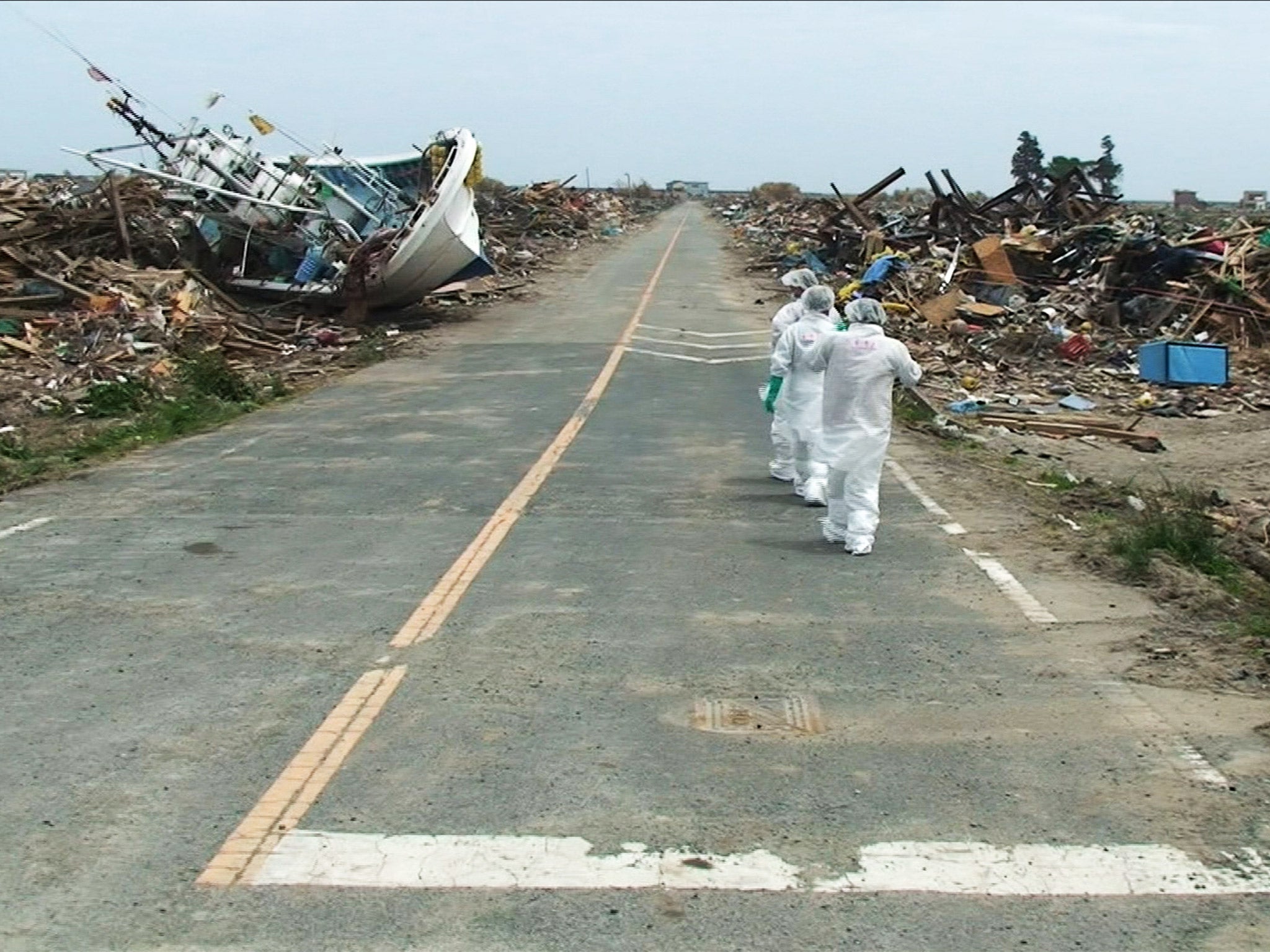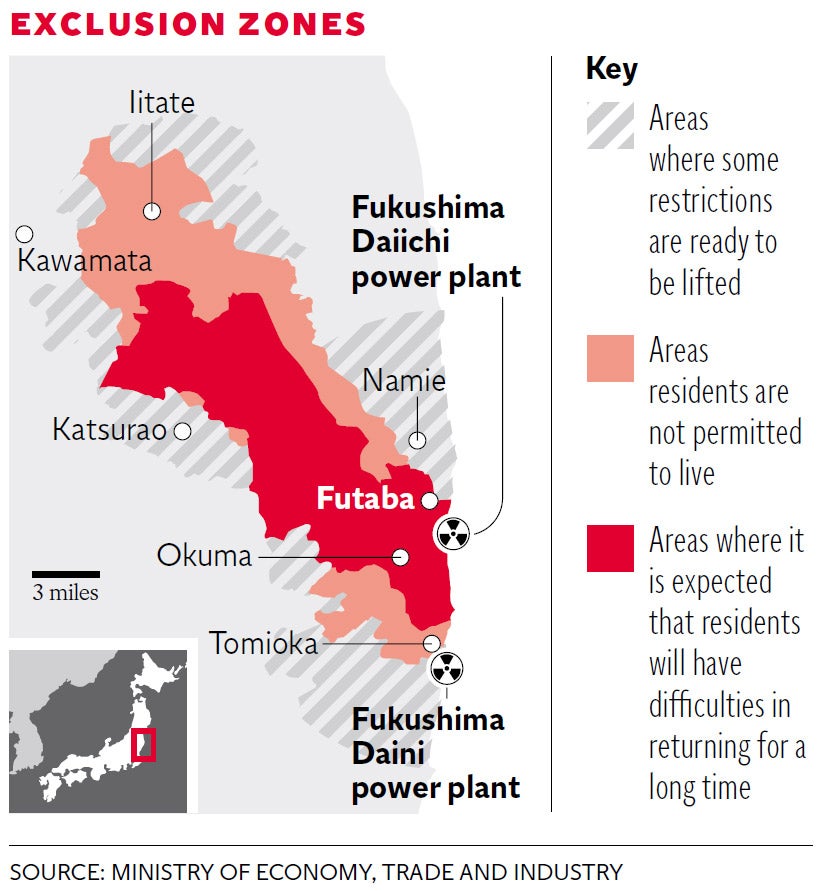Fukushima nuclear crisis: Evacuees still stuck in cramped emergency housing three years on - and may never return home
New film shows the plight of those uprooted after the March 2011 earthquake and tsunami which triggered meltdowns at the nuclear plant

Your support helps us to tell the story
From reproductive rights to climate change to Big Tech, The Independent is on the ground when the story is developing. Whether it's investigating the financials of Elon Musk's pro-Trump PAC or producing our latest documentary, 'The A Word', which shines a light on the American women fighting for reproductive rights, we know how important it is to parse out the facts from the messaging.
At such a critical moment in US history, we need reporters on the ground. Your donation allows us to keep sending journalists to speak to both sides of the story.
The Independent is trusted by Americans across the entire political spectrum. And unlike many other quality news outlets, we choose not to lock Americans out of our reporting and analysis with paywalls. We believe quality journalism should be available to everyone, paid for by those who can afford it.
Your support makes all the difference.Before the Fukushima nuclear crisis forced them from their homes, residents of Futaba had praised the Daiichi power plant as a “godsend” that brought jobs and money to the Japanese coastal town.
Now, more than three years after the disaster, a new documentary film reveals that they remain stuck in cramped emergency housing facing the reality that they are likely never to return home.
“I think this is almost a human rights violation,” said Atsushi Funahashi, director of Nuclear Nation 2, which opens in Japanese cinemas next month.
“[They] are forced to live in this temporary housing without hope for the future,” he said after a screening at the Foreign Correspondents’ Club of Japan last week.
Mr Funahashi’s Nuclear Nation films follow the residents of Futaba, who were evacuated after the March 2011 earthquake and tsunami triggered meltdowns at the nearby Fukushima Daiichi nuclear complex, dousing their town with radiation and turning it into a “no-go zone”.
More than 100,000 people were estimated to have been evacuated from the broader area, with a roughly 12-mile (20km) exclusion zone around the plant. Although some restrictions in a number of areas have been lifted, many are still stuck elsewhere.
The first instalment of Nuclear Nation, which premiered at the Berlin International Film Festival less than a year after the disaster, was filmed at an abandoned high school in a Tokyo suburb where 1,400 Futaba evacuees were living in classrooms.
Nuclear Nation 2, produced by Documentary Japan and Big River Films, picks up from New Year 2012 and covers a two-year period. Evacuees at the school wish each other well for the coming year, admire new year cards, trying to maintain a semblance of normal life.
They lament their living conditions as tension grows. “That’s the profound problem that I’m feeling now, rather than just regaining the house or the land they have lost,” said Mr Funahashi, referring to how the anguish of waiting in spartan conditions was fraying nerves.

As they bide their time, some evacuees speak nostalgically about better days when the nuclear plant brought money into the town, creating jobs and helping businesses prosper.
“For 40 years it was a godsend,” an elderly woman said in the film. But a visit back into the exclusion zone reveals a ghost town with space being cleared for the storage of contaminated soil.
The government is keen to restart the country’s reactors once they pass tougher security checks imposed after the disaster, to reduce reliance on expensive imported fuel. Last month, the nuclear regulator approved the restart of a nuclear plant in southwestern Japan. Mr Funahashi says he will keep making films to show the human side of the nuclear equation.
Reuters
Join our commenting forum
Join thought-provoking conversations, follow other Independent readers and see their replies
Comments